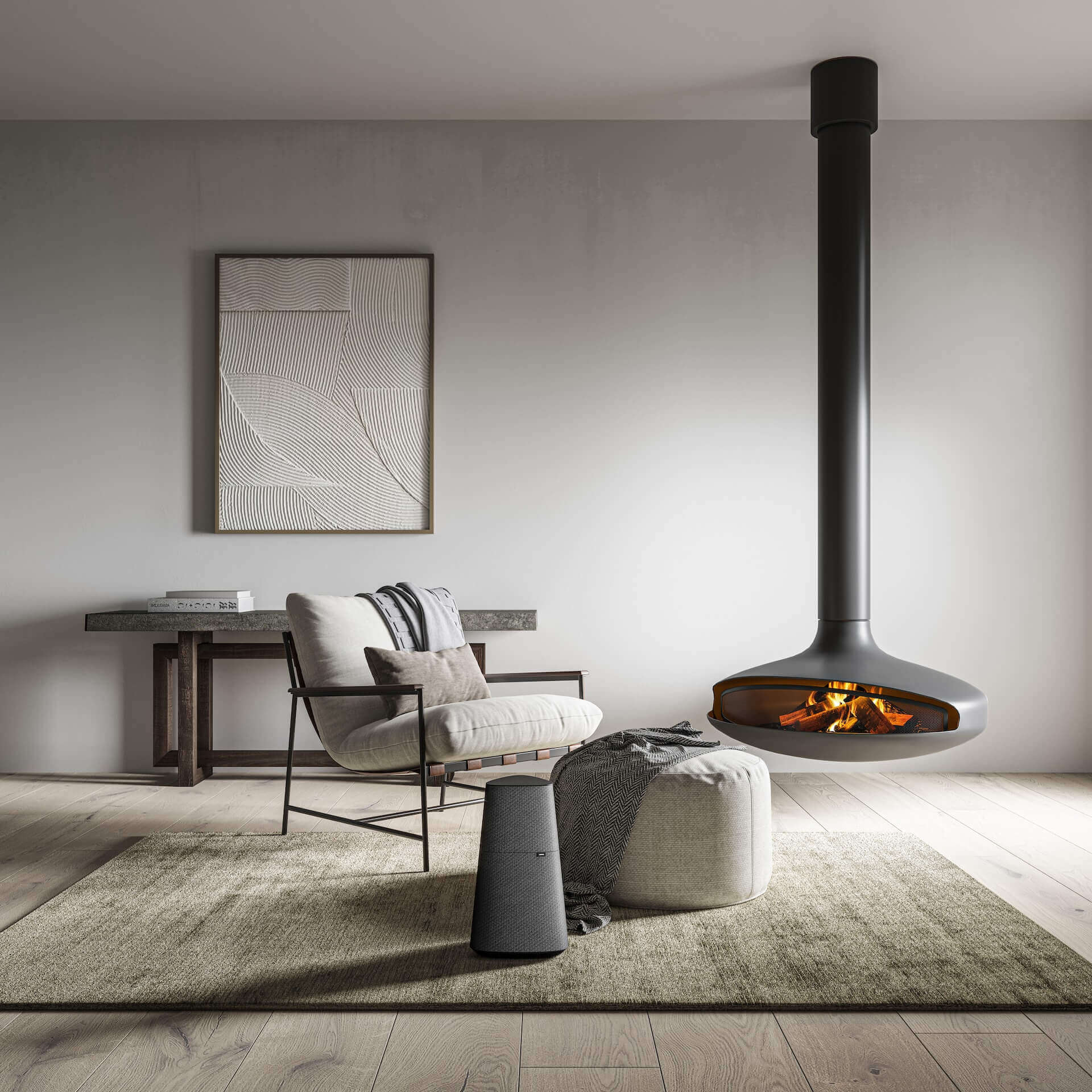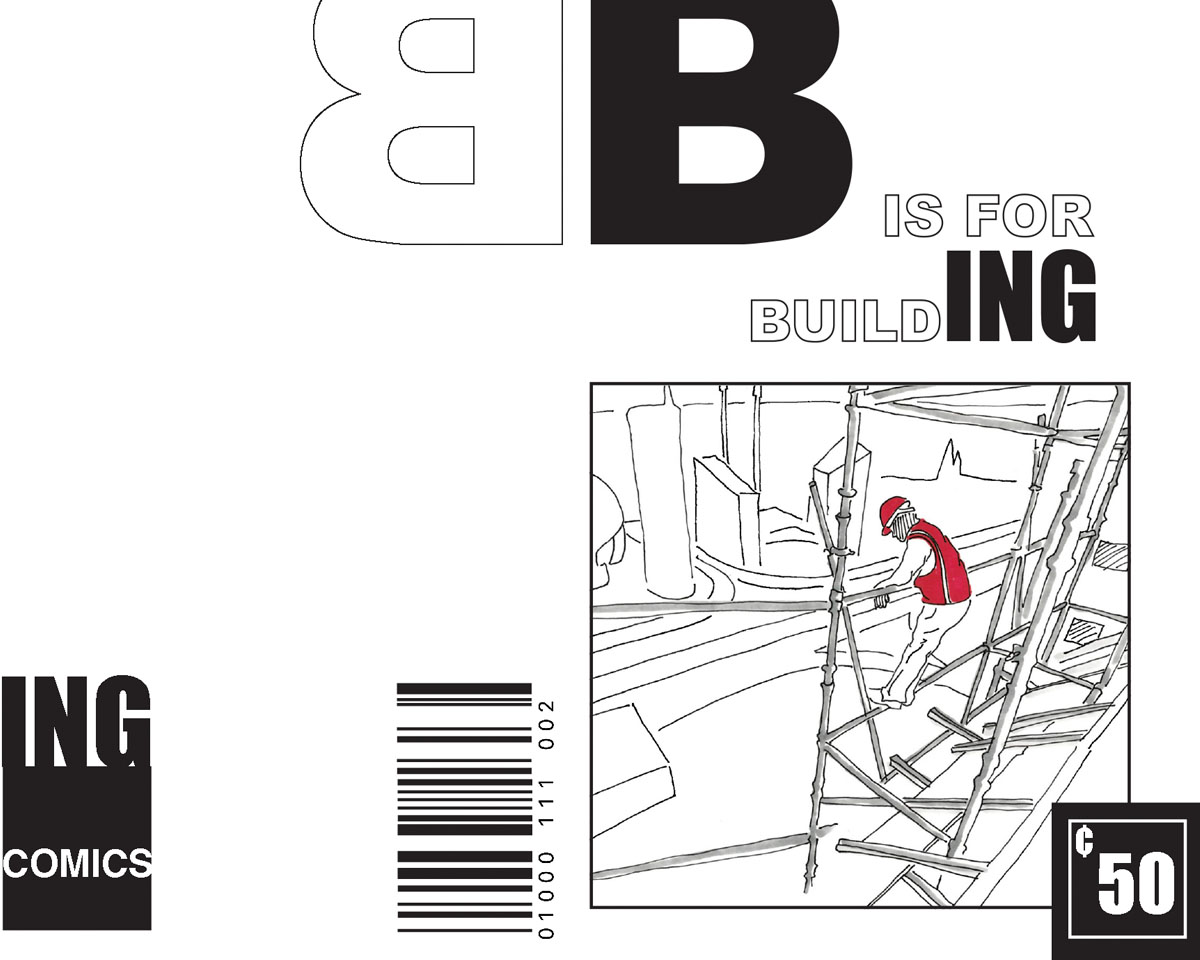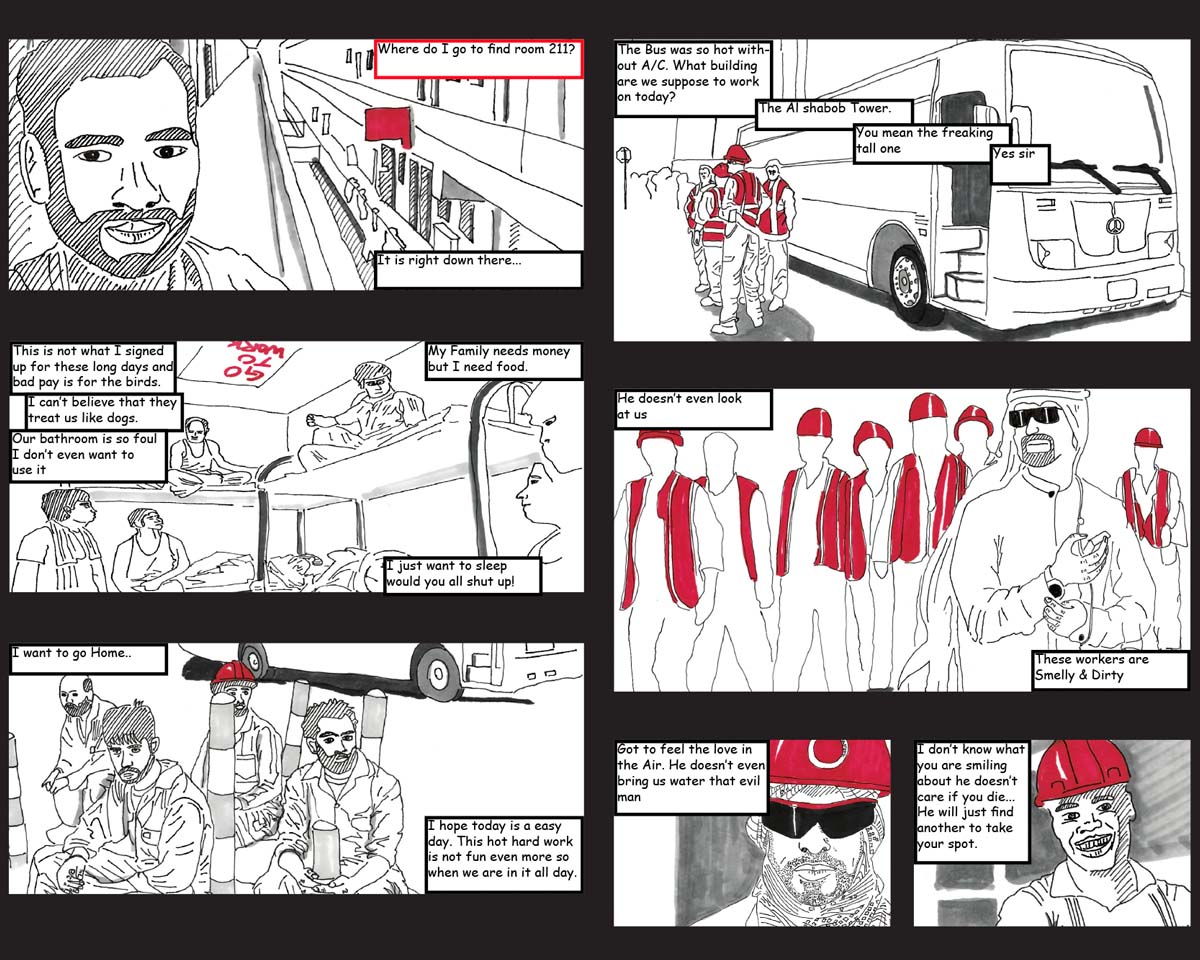Personal Projects
Normalized Difference Vegetation Index (NDVI)
2019
Simulation Design | Data Visualization
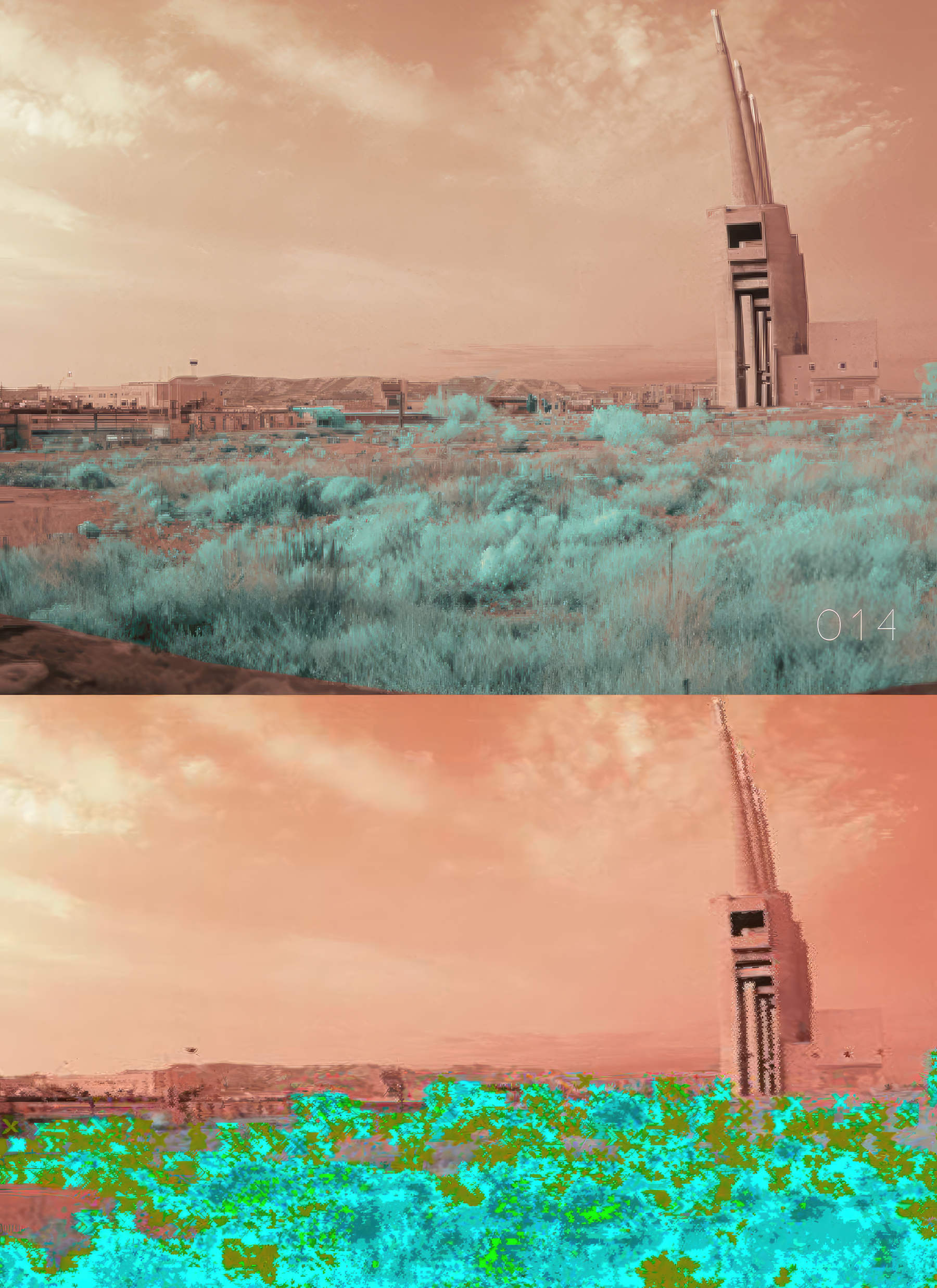
Overview
The Normalized Difference Vegetation Index (NDVI) project represents a sophisticated approach to assessing vegetation health and environmental quality across landscapes.
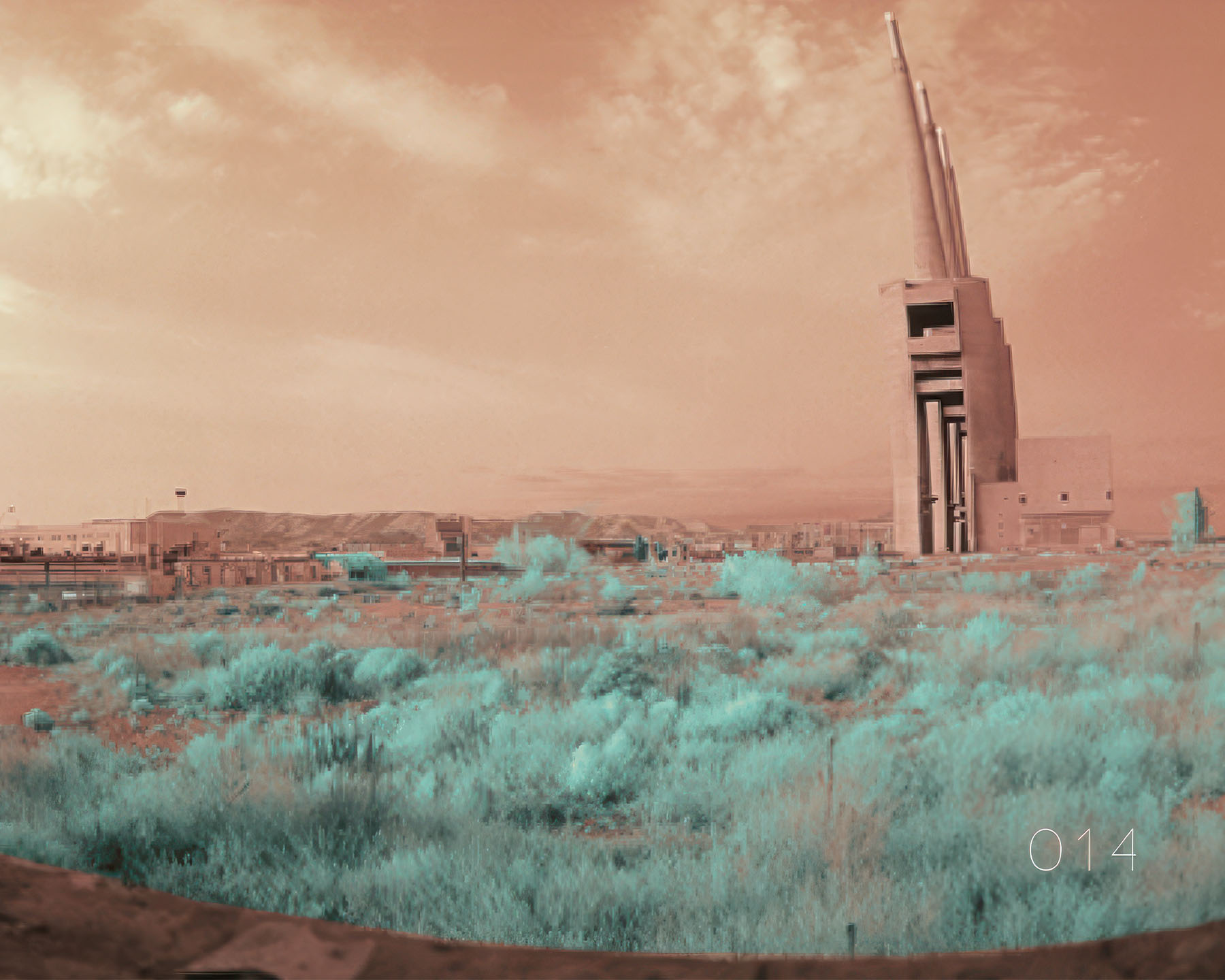
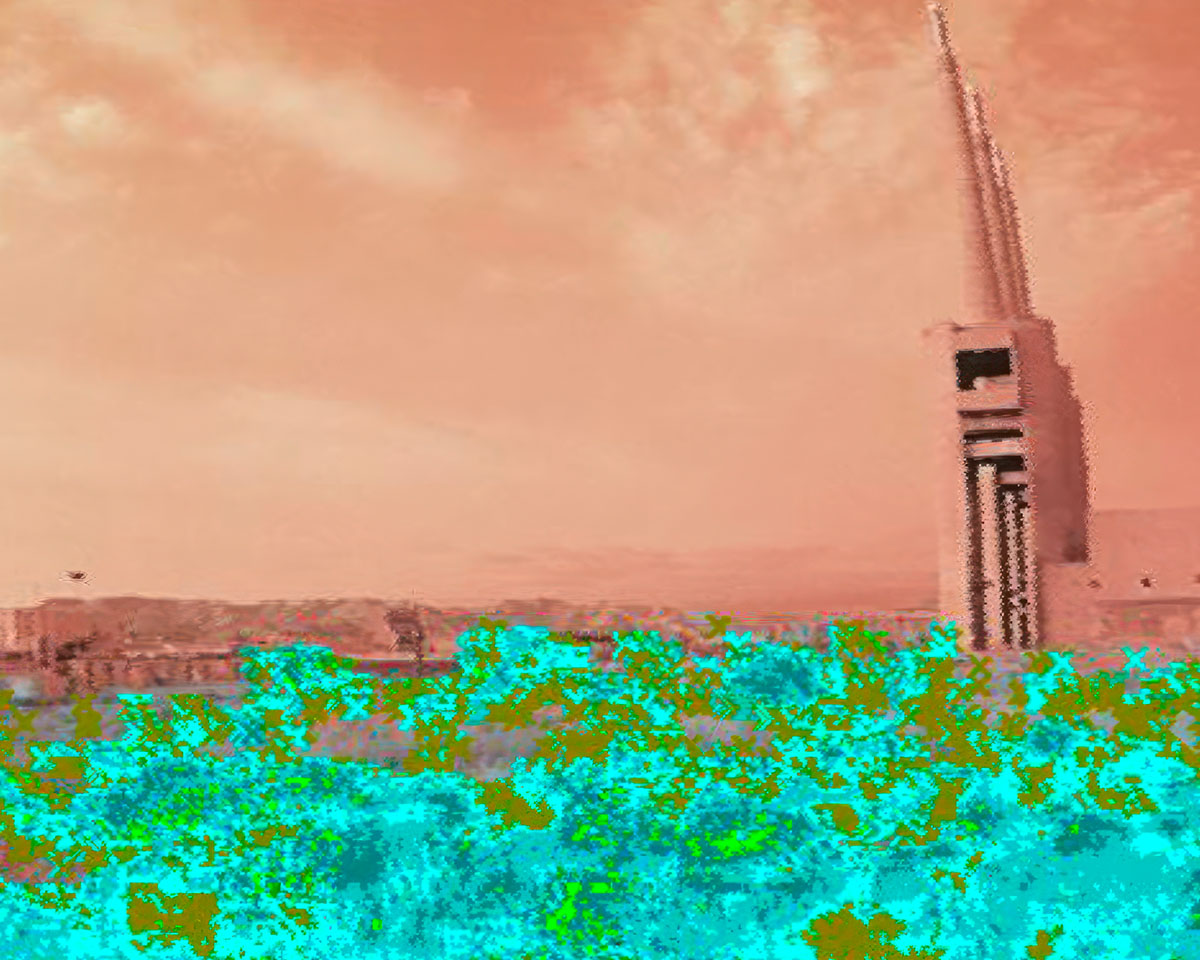
Utilizing a system that measures the photosynthetic activity of plants, NDVI provides critical insights into the ecological well-being of various areas, from barren industrial sites to lush, green plots.
This project involved capturing two key types of imagery to analyze vegetation health. The first set of images served as a baseline, simulating the location, quantity, and overall health of plant life in the observed area. The second set of images was instrumental in distinguishing between areas of poor, moderate, and good vegetation health. This detailed analysis was conducted at the Besos site, located just outside Barcelona, Spain, in collaboration with my partner, Crystal Brown. The site, earmarked for the development of the Besos towers, is characterized by three industrial towers that stand as remnants of a bygone era in Spain, overshadowing the toxic industrial landscape below.
In response to the environmental challenges presented by the site, our project proposed an innovative remediation strategy: the introduction of Mycelium spores to initiate bioremediation of the contaminated soil. By employing drones equipped with ampules containing fungi spores, we targeted heavily polluted areas for treatment. The mycelium's natural process of bioremediation would then detoxify the soil from beneath, rendering it safe for future use. Additionally, the project envisioned the use of excavator drones to reposition soil, enhancing the efficiency and effectiveness of the bioremediation process.
The NDVI project not only highlights the potential of advanced technological tools in environmental assessment but also demonstrates a creative and sustainable approach to addressing industrial pollution and restoring ecological health.







